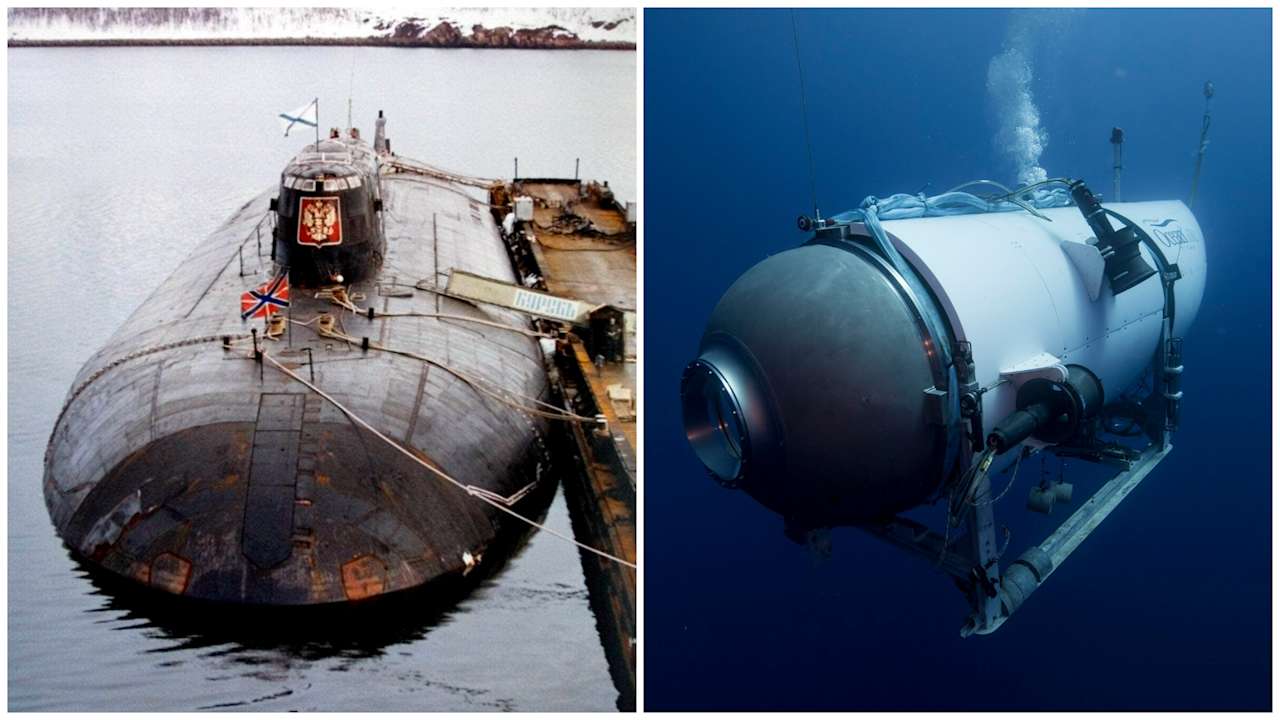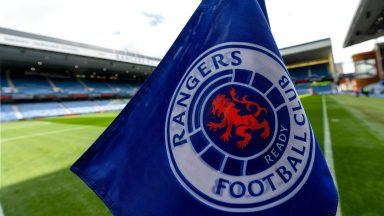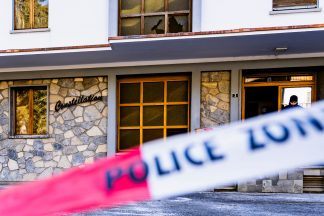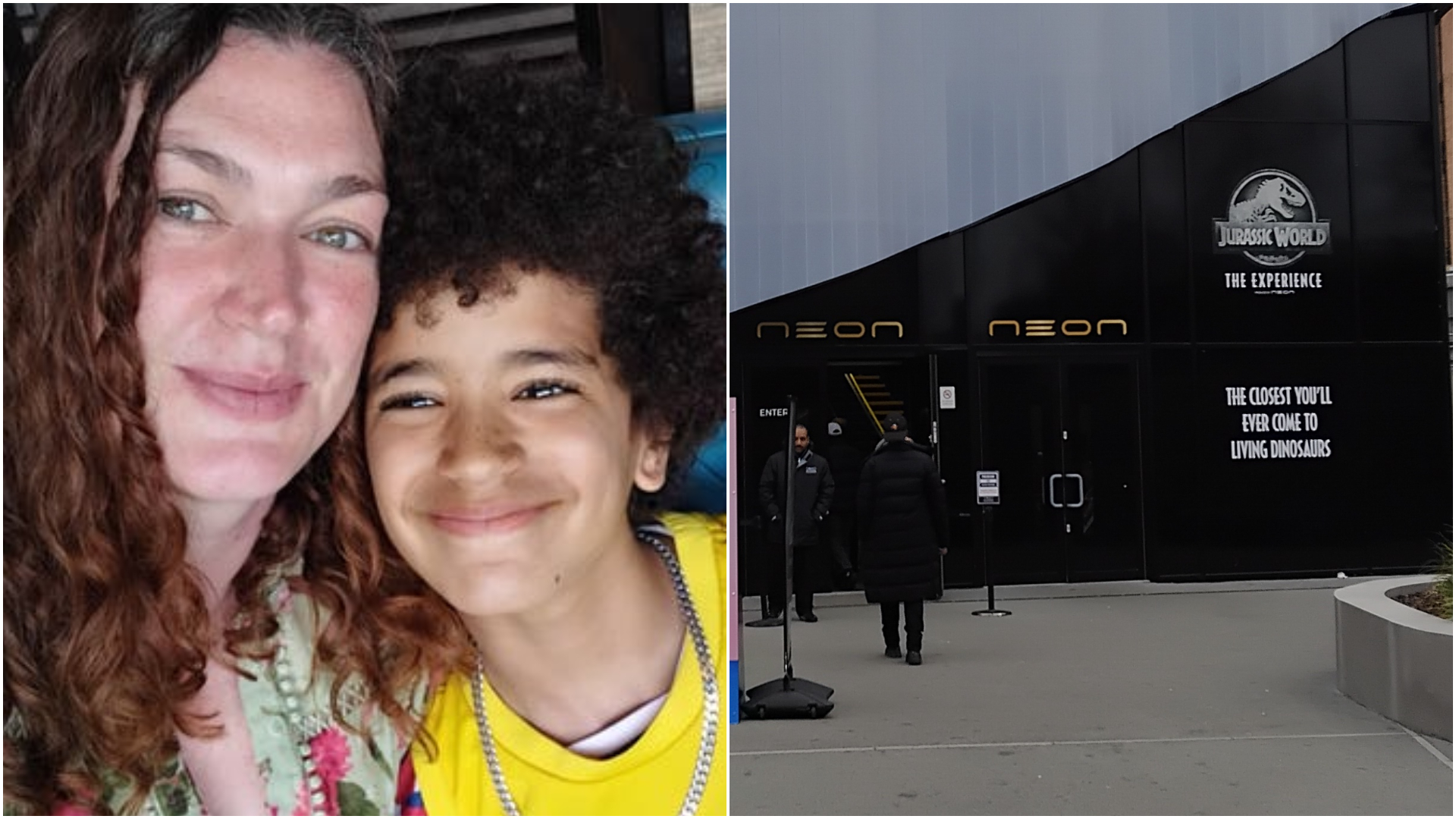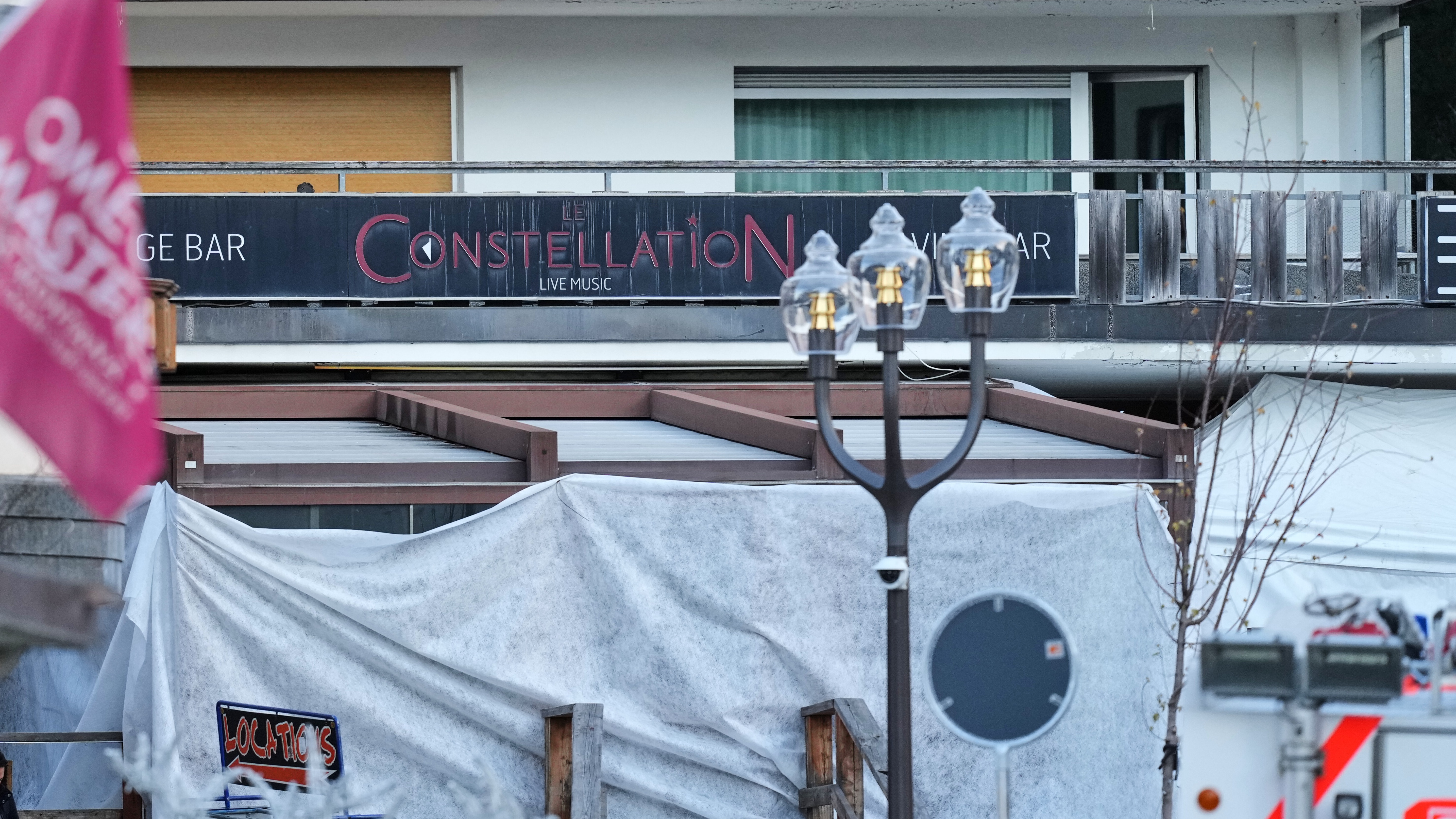Submarine and submersible rescues are exceptionally challenging.
They need a level of coordination, a speed of reaction, and a wide range of technical expertise that is almost unique.
They require something else too if they are to be successful – luck. Lots of it.
I recognised that while researching my book on the Kursk submarine disaster, the Russian naval tragedy in the Barents Sea in August 2000.
The Kursk was operating in shallow waters when it was ripped apart by twin explosions that killed many of the sailors.
But 23 crewmembers survived the blasts and huddled in the aft section waiting to be rescued.
At first, it appeared the Kursk survivors possessed that key ingredient of luck.
The submarine had landed upright and was at a depth of just 100 metres, so shallow that rescue submersibles and divers could easily reach the escape hatch.
Better still, the Kursk had been taking part in a major naval exercise and was surrounded by other warships and rescue assets.
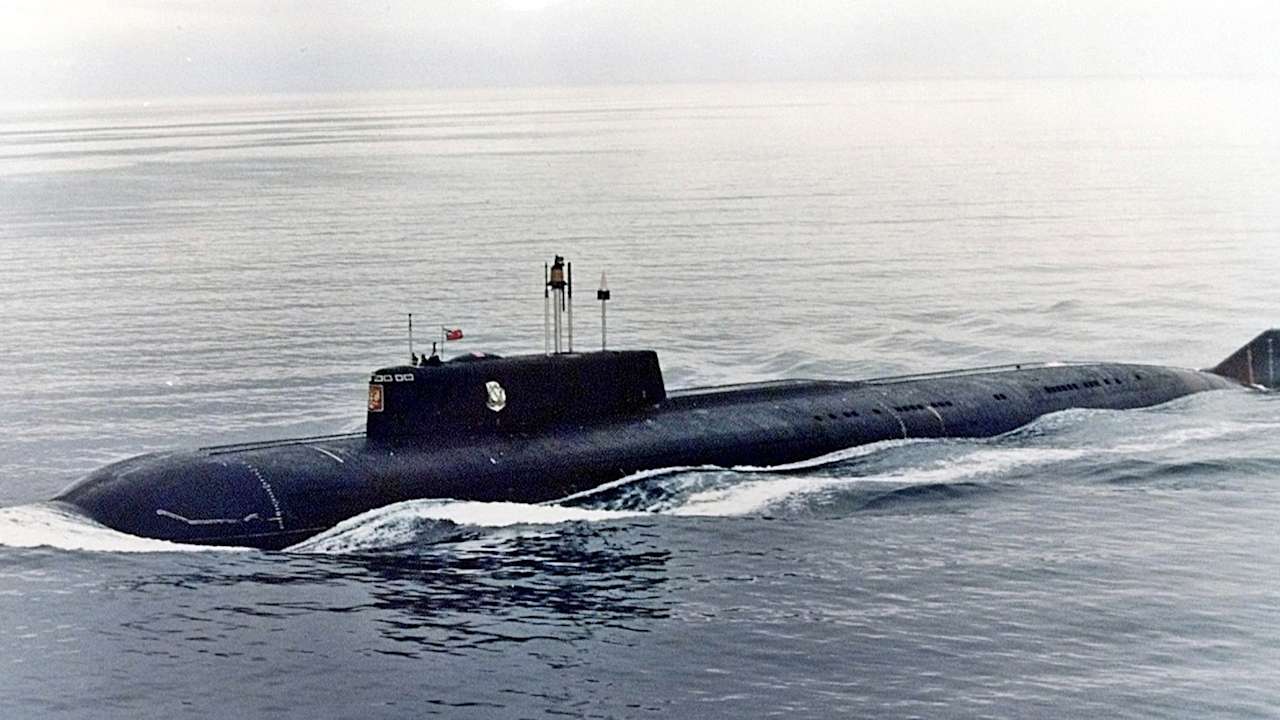
Finding the huge submarine on the seabed was easy.
The Arctic water was crystal clear; the weather was good; naval bases were not far away; it was mid-summer with 18 hours of daylight for rescuers.
But then the survivors’ luck turned.
Moscow initially opted to reject Western offers of help.
The Northern Fleet’s rescue submersibles proved to have batteries that were deeply compromised.
And then – in a truly terrible twist of fate in the icy darkness of the doomed submarine – the sailors accidentally mishandled oxygen generation cannisters and ignited a fire in the aft compartment.
The fire consumed the sailors’ last supplies of oxygen.
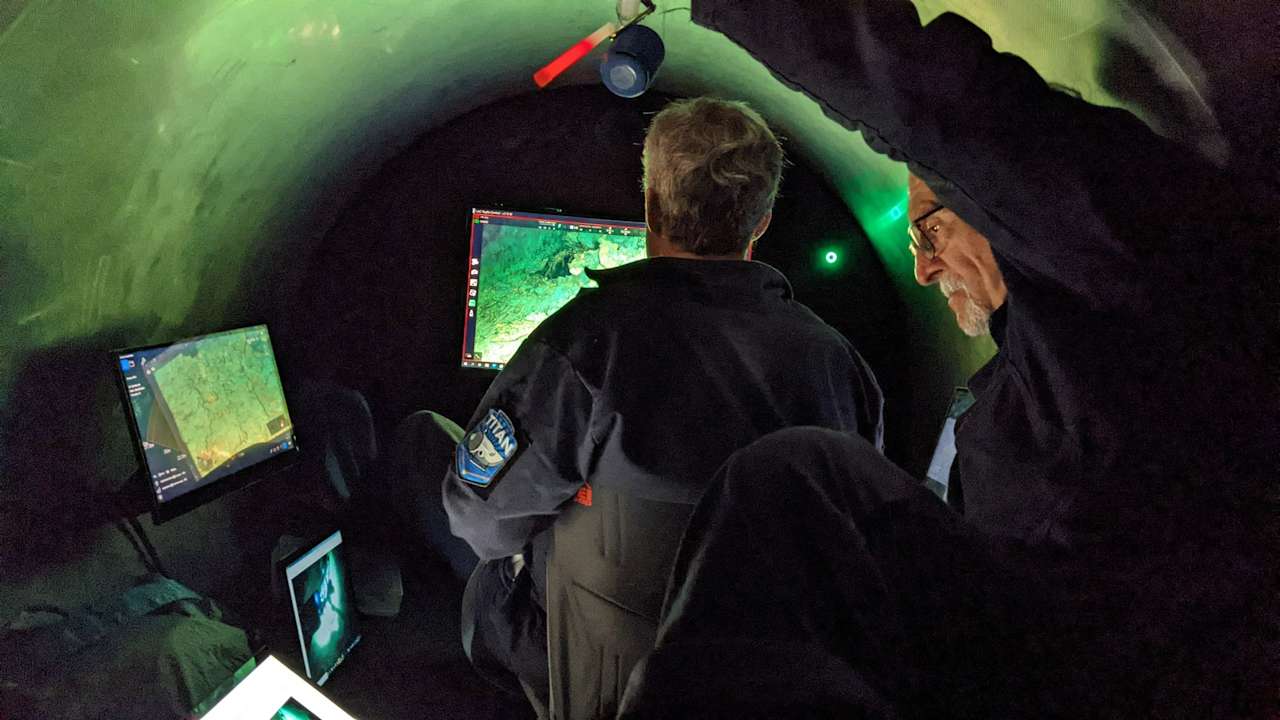
By the time Western divers opened the hatch, the submarine was fully flooded and no one was left alive.
When we examine the predicament of the five men aboard the Titan submersible, we are looking at a situation vastly more challenging than that of the Kursk.
Instead of being stranded at a depth of 100 metres, it is likely to be on the seabed at nearly 4,000 metres.
That is far beyond the reach of British or US rescue submersibles; in fact, only a handful of unmanned Remotely Operated Vehicles (ROVs) can operate at that depth.
How the submersible – even if it can be located and assuming the hull is intact and the men alive – can be brought to the surface is unclear.
It was revealing that the US Coast Guard yesterday declined to offer even the outline of a technical solution.
This is a rescue that may need more than luck.
It will require a miracle.
Robert Moore’s book, A Time to Die: The Kursk Disaster, was an acclaimed account of the failed attempt to rescue the sailors trapped aboard the Russian nuclear-powered submarine.
Follow STV News on WhatsApp
Scan the QR code on your mobile device for all the latest news from around the country


